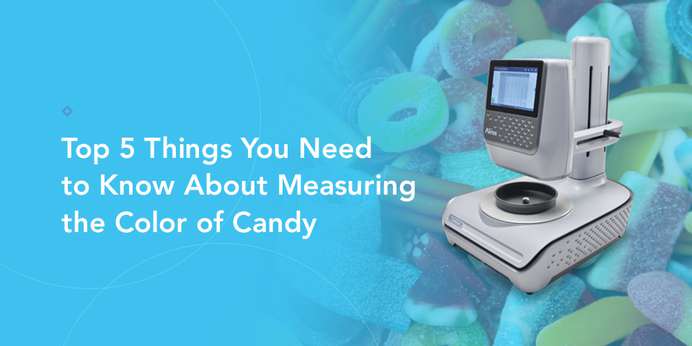
Before someone tastes candy, they see its color and make assumptions about its flavor, freshness, and quality. Color matters in sweets because they come in vibrant hues, and consumers tend to reach for the product that most matches their ideal of a desirable color. Color can also indicate issues in product development or processing steps, making it an effective indicator of quality control. Additionally, measuring color enables consistency across batches. All underscore the importance of knowing how to quantify it accurately.
1. Size and Shape
Size, shape, and texture vary among candies and can create a measurement challenge. Advanced color and spectral data measurement tools account for these variances. Calibration allows for more accurate color measurement across differences while reducing errors.
2. Color Variations
One piece of candy may contain multiple colors, and some sweets have a different surface color than the interior. A color measurement device must be able to quantify these spectral variations across the color of every layer and swirl.

